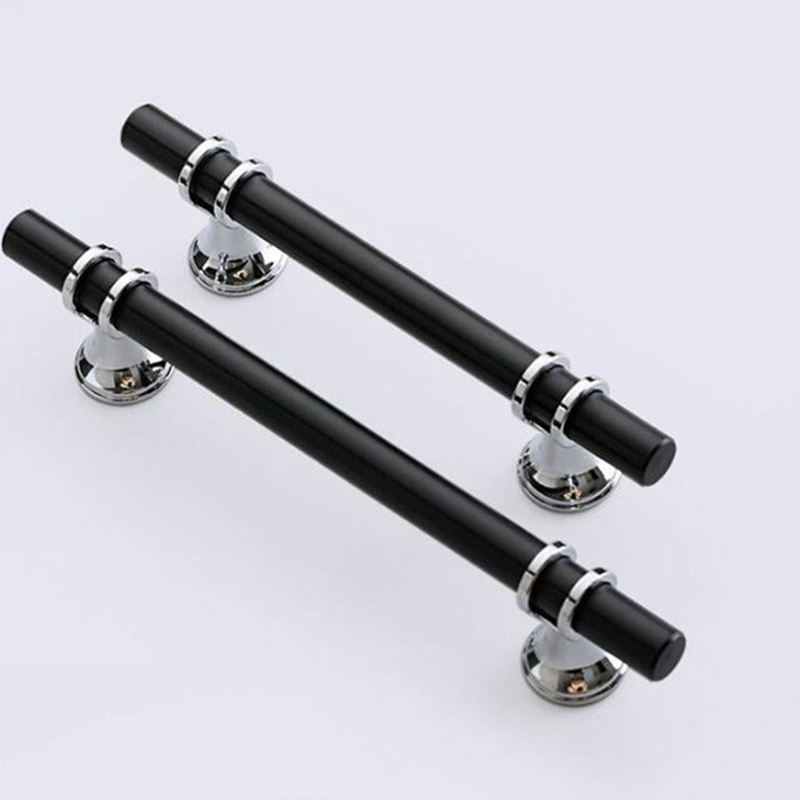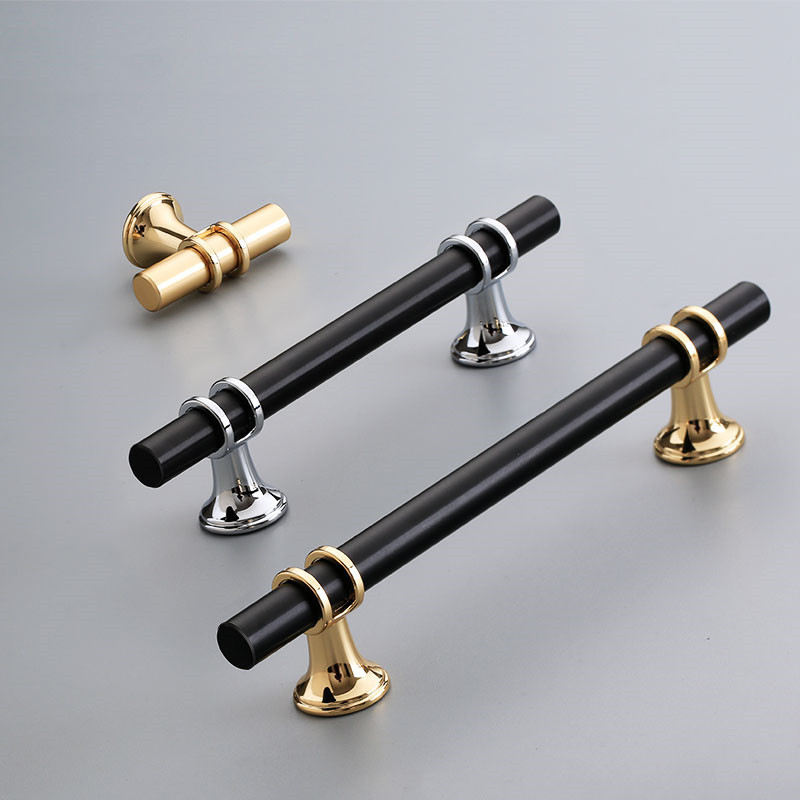Restoring antique furniture and upgrading it with wooden handles can be a rewarding project that preserves the character of the piece while adding a touch of personalization. Upgrading handles while maintaining the antique charm requires careful consideration and attention to detail. Here’s a guide to help you successfully restore and upgrade antique furniture with wooden handles:
1. Research and Documentation:
Before you begin the restoration process, research the history and design of the antique piece. Understanding its original style and period can guide your decisions during the restoration.
2. Assess the Current Condition:
Evaluate the condition of the antique furniture, including the existing handles. Determine whether the handles are damaged, missing, or simply need an upgrade.
3. Choose Compatible Wooden Handles:
Select wooden handles that are compatible with the style and period of the antique furniture. Choose handles that enhance the piece’s aesthetics and maintain its authenticity.
4. Measure and Match:
Measure the hole spacing of the existing handles to ensure that the new wooden handles will fit properly. Match the measurements when selecting handles or be prepared to make adjustments if necessary.
5. Preserve Originality:
If you’re aiming to maintain the originality of the antique, choose wooden handles that closely resemble the type of handles that might have been used during its period.
6. Handcrafting or Customizing:
Consider handcrafting or customizing the wooden handles to fit the antique’s design perfectly. Carve, shape, and finish the handles to match the original or desired aesthetics.
7. Hardware Compatibility:
Ensure that the screws and hardware accompanying the new wooden handles are compatible with the antique furniture. Avoid damaging the piece by using hardware that’s too long or too short.
8. Sanding and Finishing:
If you’re handcrafting the handles, sand them to a smooth finish. Apply an appropriate finish, such as varnish or oil, to protect the wood and enhance its appearance.
9. Attaching the Handles:
Carefully remove the old handles and attach the new wooden handles using the existing holes if possible. If the hole spacing is different, fill the old holes with wood filler and drill new holes for the wooden handles.
10. Blend Old and New:
When upgrading antique furniture with new handles, aim for a harmonious blend of old and new elements. The wooden handles should enhance the piece’s beauty without overpowering its historical charm.
11. Document Your Work:
Document the restoration process with photographs and notes. This documentation can be valuable for future reference and provenance.
12. Professional Restoration:
If you’re unsure about any aspect of the restoration or if the antique piece is particularly valuable, consider consulting or hiring a professional restorer to ensure the integrity of the piece is maintained.
Restoring antique furniture with wooden handles requires a delicate balance between honoring the piece’s history and infusing your personal touch. By carefully choosing and crafting wooden handles, you can breathe new life into the furniture while preserving its cherished antique character.


